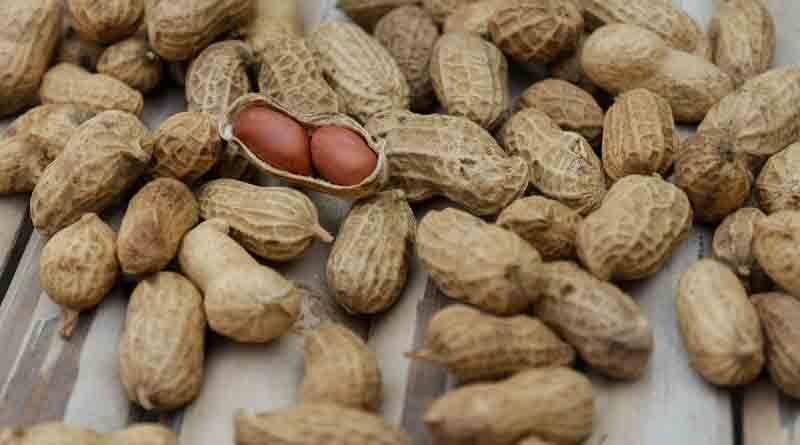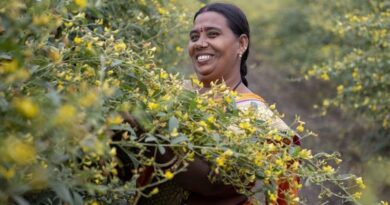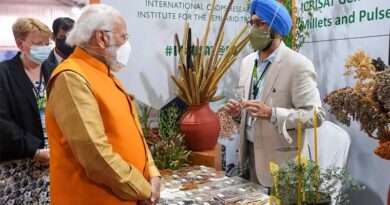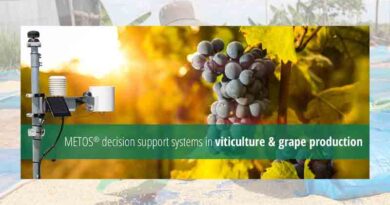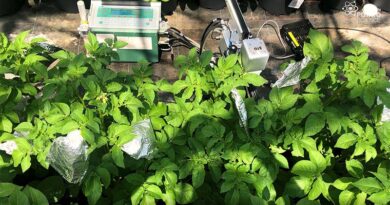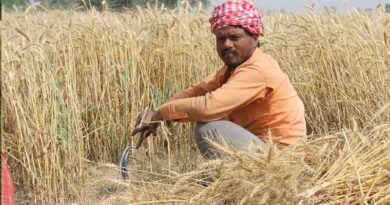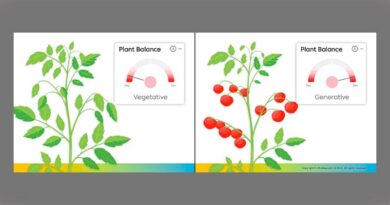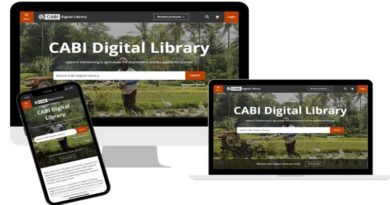In a first, ICRISAT uses X-ray to assess peanuts’ quality
12 September 2022, Hyderabad: X-ray radiography is being widely used as a medical and airport scanner. Now, for the first time in India, X-ray radiography has been established as an efficient method to quantify commercially important traits in unshelled peanuts.
The study led by a team of researchers from the International Crops Research Institute for the Semi-Arid Tropics (ICRISAT) and the Fraunhofer Development Center for X-ray Technology (EZRT) demonstrated the potential of X-ray radiography for a rapid and non-destructive determination of key market-related traits from X-ray scans of peanuts while still inside the hull.
Dr Stefan Gerth, Head of Department, EZRT said, “ICRISAT crop researchers pointed to the important gaps frequently restraining the Indian farmers from reaping the benefits of their hard labor, and researchers from rapid breeding of improved crops. The collaboration helped us to adapt our technology so that the gaps can be closed.”
As a result, the peanut pods evaluation process has become more time and labor efficient. What took three-five skilled workers 30 minutes can now be done by a single technician in two minutes.
This enables the accurate and timely evaluation of the peanut pods for important market-related characteristics like kernel weight or shelling percentage from the X-ray scan of whole unshelled peanut pods.
The computer tomography (CT)-system enabling such analysis is available at ICRISAT headquarters in Hyderabad, India.
Dr Sunita Choudhary, Scientist, Crop Physiology and Modelling, Accelerated Crop Improvement Program, ICRISAT said that the use of X-ray based technology can revolutionize agriculture research, which has been relying on age-old manual methods or time-consuming laboratory testing methods for determining crop post-harvest traits.
Technology-driven Breeding Schema
As part of the study, novel AI-based algorithms were developed to extract an accurate estimate of the physical traits from X-ray radiographies of whole peanut pods. Due to its success, the X-ray radiography-based methods are being integrated into groundnut breeding pipelines.
Groundnut breeders at ICRISAT now spend a fraction of the usual time taken and can scan up to 100 samples in a day to pick the best variety for the season.
Dr Janila Pasupuleti, Cluster Leader – Crop Breeding, ICRISAT said currently, advanced image processing algorithms for ‘virtual shelling’ are standardized for estimating shelling percentage, kernel numbers and mass.
“We are expanding these algorithms for estimating the seed size distribution and others. So, one X-ray scan used for determining multiple traits is more cost and time-efficient than the manual process we have been following” said Dr Pasupuleti.
Technology-driven crop evaluation
The processing algorithms that allow ‘virtual shelling’ are also being explored for feature evaluation of various other crops such as rice, oats and barley, and pigeonpea for estimation of other commercially significant traits like milling recovery.
“We are also exploring the usage of X-ray radiography and tomography–based methods for testing seed embryo viability. In gene banks, a large number of precious seed samples need to undergo germination tests to check the seed viability every few years,” said Dr Sunita Choudhary, Scientist, Crop Physiology and Modelling, Accelerated Crop Improvement Program, ICRISAT.
Technology-driven market and value-chains in the future
This study has shown that X-ray radiography has the potential to be the right technology for in-field evaluation of farmers’ produce which the International Committee for Food Value and Safety calls for.
A portable X-ray imaging system will be especially useful in grain value chains where the time needed to assess the economic value of grain by threshing or milling is a significant barrier. ICRISAT and EZRT will work together to facilitate the necessary tech transformation of such grain value chains in the near future.
“Substituting the manual procurement methods with the use of suitable technology could standardize and accelerate the procurement process in the future. It also allows fair procurement cost estimation for the primary producers and all stakeholders across the value chain” said Dr Jana Kholova, Cluster Leader Crop Physiology and Modelling, ICRISAT.
Also Read: FMC India introduces three new products for pest management and soil fertility
(For Latest Agriculture News & Updates, follow Krishak Jagat on Google News)

